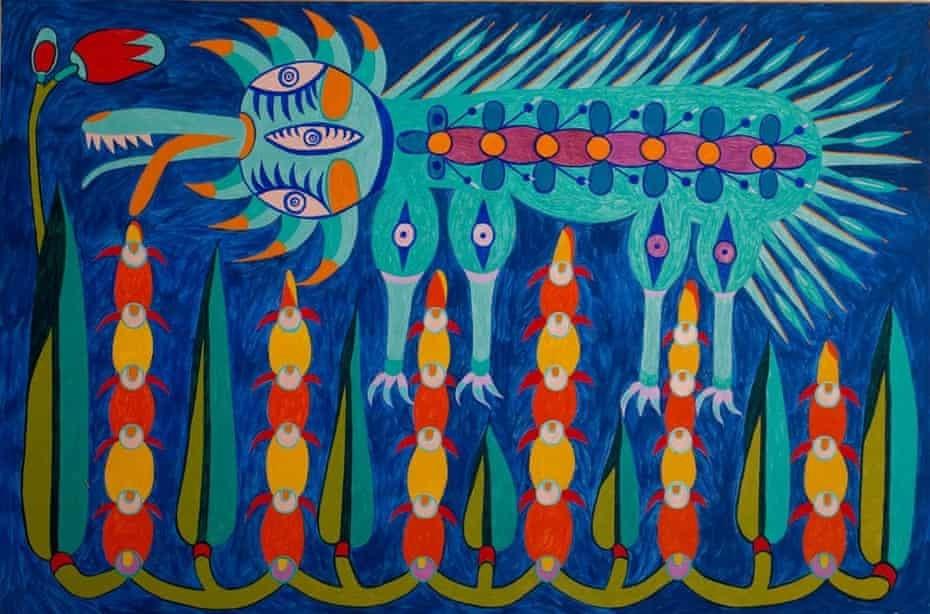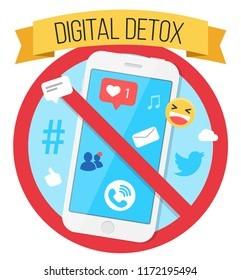
5 minute read
Be You Celebrates
BE YOU CELEBRATES Maria Oksentiyivna Prymachenko
Maria Oksentiyivna Prymachenko was a Ukrainian artist who mostly worked with the naive art style. Whilst her creations were internationally recognised and even commended by Pablo Picasso, she remained in her hometown of Bolotnia and lived a very humble life with her close friends and family, devoting her life to her work.
Advertisement
Prymachenko was first inspired to start creating art as a young child when she contracted polio, leaving her unable to walk unaided. The two biggest influences in her art were her mother, who taught her embroidery to pass time and stories of Ukrainian heroes and mythical creatures. Prymachenko was never particularly interested in agriculture or food production (which was the main industry that supported her town) in her youth, and preferred drawing and painting with sticks on pavements and grass instead. Her mother recognized this talent and encouraged her to pursue a career in it, even allowing her to paint flowers on the walls throughout their house. Although some neighbours disapproved, believing her work was frivolous and gaudy, in her teenage years she joined a local association for embroidery projects and strived to improve her skills. Eventually her work was also acknowledged by the artist Tetiana Floru, who invited her to collaborate with a workshop in the Kyiv Museum of Ukrainian Art. Her career sprouted rapidly from that point on, as she developed more techniques and expanded her repertoire in themes to explore. Her first major breakthrough came when her art was displayed and sold at the Kyiv Museum Festival and people were immediately drawn to her gingerly drawn, gentle, and yet simultaneously bold and brassy art. The 1936 Republican Folk Art Exhibition, shown in major cities around Russia, also furthered her fame and in 1937 her art was also publicised in a European tour, making her the first female Ukrainian artist to do so.
When World War 2 began at one of the highest peaks in her professional life, Prymachenko resiliently withstood the pain of being made unable to share her artwork with the world. Her artistic style evolved during this time of chaos as she incorporated more traditional Ukrainian folk art elements and folklore into it, as well as switching to illustrating with mainly acrylics and gouache. Her art also metamorphosed into message-centred pieces, which had a bold anti-conflict stance. She described this turbulent period as “one of the most painful experiences, hands down”, and in the decade following she processed her grief in the home she was raised in, channelling her emotions into more creativity. One of her most famous quotes also comes from this era: “I stood in the metal rain, and I hid in burning trees. Yet my blood ran red and I survived. I saw light in Valhalla.”
Prymachenko’s work celebrates the humongous world which she imagined, established and travelled around in her mind combined with the colourful palette of Ukrainian traditions, and has recently been re-examined and evaluated for its cultural impact, serving as a new global anti-war symbol. Today, a street in Kyiv and multiple art scholarships for young girls are named after her, and the footsteps she left behind are still extremely influential, twenty years after her death.




As we embark upon the second half of the summer term, many of you are perhaps starting to organise trips, activities and maybe even work opportunities for the summer holidays. Measuring precisely 48 days this academic year, the holidays are, for most, a time for recuperation and exploration.
Here are my top five tips and resources for healthy summer (but really any time of year) habits!
Try out morning and night-time routines
This will help you find rhythm throughout the holidays, but can also be used during term time. Some of the benefits I have found include a more regular sleep schedule, a reduction in screen-time, and increased mindfulness at the beginning and end of each day. Here is an example of a morning and night routine you could follow:
Morning Routine:
Wake up – 9.30am Drink a glass of water Make your bed! Stretch for 15 minutes
Get changed Apply moisturiser/sun cream Eat breakfast
Brush teeth
HEALTH Summer of Self
Night-time routine:
Put away your phone Tidy your room! Make a to-do list for the next day Apply a facial cleanser / do skincare routine Brush teeth
Read for 30 + minutes

Discover Yoga
Although the NHS recommends physical activity to improve wellbeing, we all know that cardio can feel difficult when it gets hot. Yoga, however, is a soft, mindful form of exercise. Over 5,000 years old, yoga is known to improve strength, flexibility and balance. Below are my favourite yoga resources.

Yoga for Beginners Mind + Body App – Workouts range from 10-50 minutes, and are labelled ‘Beginner’, ‘Intermediate’ or ‘Advanced’. I haven’t found the subscription to be necessary. Yoga with Adriene – This YouTube channel provides voice guidance for those looking for a more personal approach to yoga. Workouts include ‘Date Night Yoga’ and ‘Sun-Rise Yoga’.
Summer of Self-Discovery
Begin Journaling
Research suggests that regularly writing down your thoughts and feelings can reduce stress, help you process events, and assist in planning your future! Some people like to journal daily, using prompts such as “write three things you’re grateful for”, or “write three wishes you have”.
If a daily journaling session feels like too much of a commitment, try reserving the tool for when your emotions are feeling particularly overwhelming.


HEALTH
Find out more about your music taste
Listening to any kind of music can increase your brain’s production of the hormone dopamine, which helps relieve feelings of anxiety and depression. It can also help you focus, or motivate you to drop another squat in your workout! Free apps such as Spotify are great for exploring the ever-growing music sector, but you can alternatively try visiting record shops, going to a festival, or booking live concert tickets.
Try a Social Media/TV detox
Living without Instagram, Snapchat, TikTok, Twitter, Facebook, Netflix and YouTube is a lot harder than it might seem, but during my week-long detox last summer I noticed many benefits.
What it increased (for me):
Productivity Time spent outdoors Time spent with family Reading Understanding of self
What it decreased (for me):
Screen-time
Comparing myself to others, stress/anxiety Feelings of laziness
If you are thinking of trying this out, make sure to alert your friends and family so they don’t think you’ve gone AWOL!










